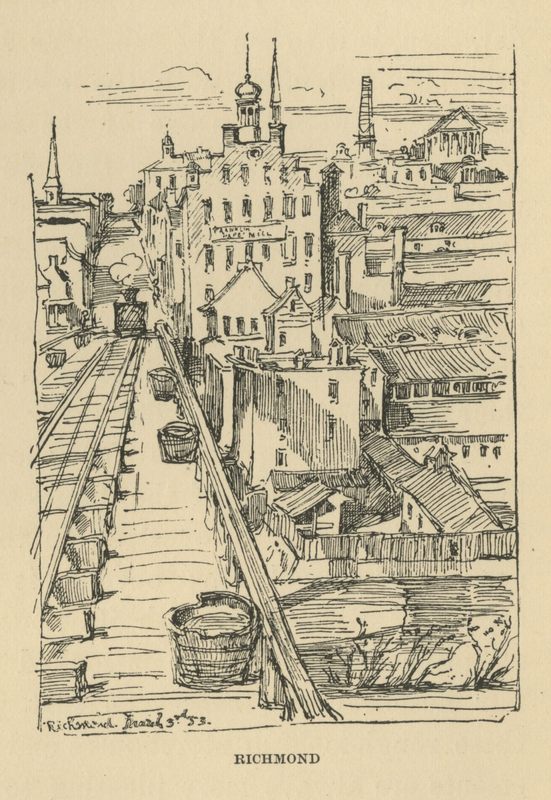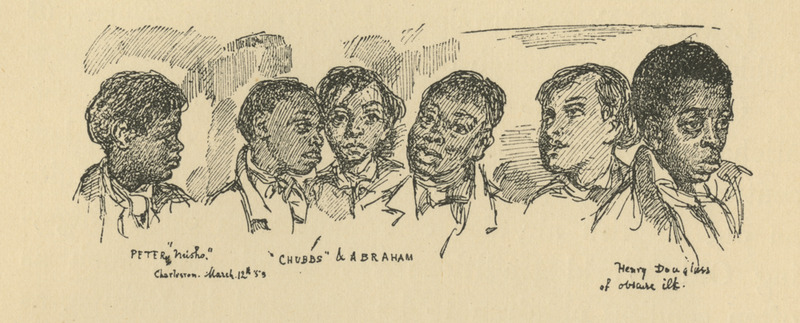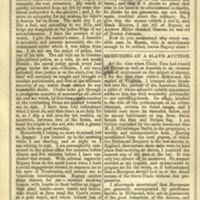What Eyre Crowe Saw
Artist Eyre Crowe created images of the enslaved caught up in the domestic slave trade that reflected the uncertainty of their fate.
The eldest son of the Paris correspondent for the London Morning Chronicle, Eyre Crowe spent much of his childhood in Paris. He studied with French painter Paul Delaroche and later at the Royal Academy School of Art in London. In 1846, he exhibited his first painting at the Royal Academy, where he continued to exhibit regularly until 1908. He was elected associate of the Royal Academy in 1876.
In 1852 and 1853, Crowe accompanied the celebrated author and satirist William Makepeace Thackeray, a close family friend, on a six-month speaking tour of the United States. Their travels took them to the major cities on the East Coast from Boston to Charleston. Soon after his arrival in America, Crowe purchased a copy of Harriet Beecher Stowe's book Uncle Tom's Cabin and met several important anti-slavery activists. When he visited Richmond and Charleston, he set out to learn what he could about American slavery. After returning to London, Crowe published several articles about his experiences in America and exhibited several paintings focused on American slavery. Telling the story of the American slave trade, these images humanized the people depicted and helped raise awareness about the business of human trafficking.
Eyre Crowe not only created a number of images based on his observations of slavery and the slave trade in Richmond, but he also published several articles in the Illustrated London News and in Charles Dickens’ magazine Household Words. In those articles he wrote about what he had witnessed and spoke of its emotional impact. His description is so precise that it is possible to trace his footsteps from the American Hotel where he was staying, to the auction rooms he visited on Wall Street (now 15th Street), to the railroad depot near the basin andEighth Street, where he saw people gathering for the forced journey “Down South.”
Read more about Eyre Crowe and his paintings.


